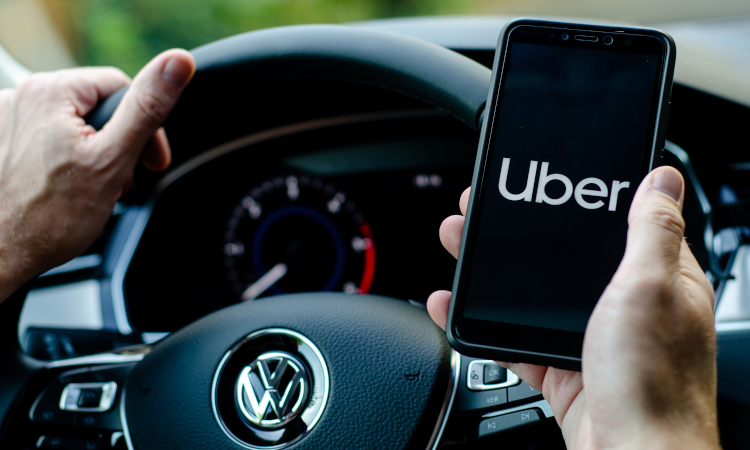
Probably a fair antique chew of Wall Street because it takes place. Who wants to spend money on an employer that has never made earnings, admits it can never do so, and is on the point of conflict with its worldwide workforce? This week Uber, the trip-hailing and food delivery service, will price the shares it’ll issue in the largest tech company flow because of Facebook in 2012.
Dara Khosrowshahi, the government leader, embarked on a pre-drift roadshow remaining week, touring resort function rooms from New York to London, addressing halls thronged with buyers and asking them to present Uber a five-celebrity score. The San Francisco-based agency hopes to elevate $10bn in a list valuing it at $90bn. Demand for the shares reportedly exceeds supply already, indicating that the entirety is falling into the vicinity for a barnstorming debut while the stock change bell finally jewelry on the morning of the waft.
The agency has but to offer an envisioned time of arrival for this, even though its trip-hailing app’s accuracy is something to head by using, that is probably no terrible aspect. Uber’s proposition is a curious one. With no earnings to file – and none in sight – it asks traders to component with their cash primarily based on a perception of how the world will tour from A to B over the next 10, 50, even a hundred years. Uber’s glide prospectus, a doorstepping record that sets out the logic for investing in the organization, features the word “trillion” no much less than 63 instances.

The message is that short-time period profitability is as naught while compared with the genuinely countless opportunity in advance. So, where exactly are those trillions to be observed? Well, the organization says its modern “serviceable addressable marketplace” for taxi rides – that means the scale of the markets in which it operates – is equivalent to three. Nine trillion miles a year, well worth $2.5tn.
Bine trillion miles according to year, or position it another way, 25 million return trips to the moon. It estimates the fee of those rides at $five.7tn.
But its goal addressable market, while along with elements of the arena where it doesn’t function, is expected at eleven. Throw meals delivery into the mix, and also, you’ve were given, in step with Euromonitor International, any other target market worth $2.8tn, albeit inclusive of sit down-down eating places. Oh, and don’t forget a $3.8tn freight trucking market, which Uber additionally has its attractions on, or its driverless automobile business, that’s burning cash for the time being however should if it will pay off, be the moonshot funding that places a rocket beneath the corporation’s valuation.
Of route, all of these trillions constitute a well of cash from which Uber believes it could draw, rather than an assured stream of profits. But the reality that the well is absolutely bottomless is fundamental to Uber’s attempts to influence investors to element with their readies. Still, at last, the corporation also seems to recognize that it should back up its vaulting ambition with visible steps to address its excessive-profile mistakes.
These include legal and regulatory clashes in cities around the world, an information breach cowl-up, it’s perceived lackluster attempt to deal with allegations of sexual assault against drivers, and clashes with its team of workers over pay and conditions. In feedback with a purpose to ring actual with everyone who frequently is predicated on Uber to get them home from a night out, Khosrowshahi said last week that “in getting from factor A to factor B, we didn’t get the whole lot right.”
Advertisement
Such contrition should be heartening to capacity investors, mainly when contrasted with the cocksure culture set by his scandal-hit predecessor, the organization’s founder Travis Kalanick. For now, Uber’s vacation spot may be uncertain, however at the least, it looks like the satnav is working.







